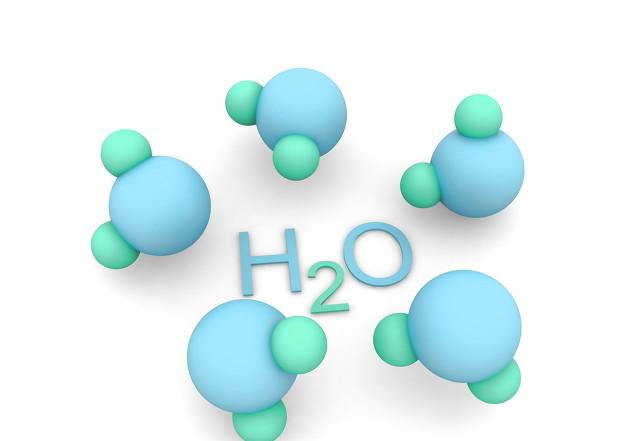The types of chemical particles are diverse, and at present, according to the research results of modern science, we can divide them into atoms, molecules, ions, free radicals, glue particles, complex particles, polymers, activated molecules, activated ligand compounds and biological macromolecules. In these material particles, each particle has its own unique composition and structure, and each material particle has a certain relationship between them, they are different from each other, but they are related to each other.
Of the many chemical particles, the smallest of the particles in which the atom remains unchanged in chemical change.
The molecule is made of atoms, and as a major participant in the chemical movement, it usually undergoes qualitative changes in chemical reactions.
Ions are charged particles formed when atoms (or groups of atoms) lose or gain electrons.
Free radicals are uncharged particles of matter containing unpaired electrons, also known as free radicals, which are formed during the decomposition of organic compound molecules.
The particles are charged dispersed particles with a linear size between 1 and 100 nm (1 nm = 10-7 cm) in a dispersion system. It is relatively a relatively complex particle, molecular accumulation of colloids and ions.
Complexed ions, now commonly referred to as coordination particles, are charged or neutral complex particles that are combined by a central ion (or atom) with other particles (ions or molecules) through coordination bonds.
A polymer is a macromolecule that is bound by many atoms in covalent bonds, and the molecular weight it contains is usually as high as a few thousand to several million.
With the progress of society and the development of science, many new material particles such as activated molecules and activated ligand compounds have emerged since the beginning of this century.
Among the many chemical particles, in general, atoms belong to the basic particles, the electrons outside the nucleus play a bridge role, and other particles are formed on the basis of atoms under the role of bridges such as electron transfer, binding (pairing), and acceptance.
In addition, the study of chemical particles, especially the study of classification, has a very important significance, which can fully prove the unity of the diversity of chemical particles, which is also an important premise for us to establish the status of chemical science in the natural science system and classification within the chemical science. Moreover, at present, many disciplines will have different meanings in studying some of the same chemical particles from different aspects, and at the same time make chemistry related and intersect with physics and biology.
In short, in the chemical sciences, due to the study of chemical particles, many new sub-disciplines have gradually diverged from the diversity of chemical particles. With the gradual development of chemistry, more new chemical particles will be discovered in the future, and people's research on the classification of chemical particles will also become more and more in-depth.
